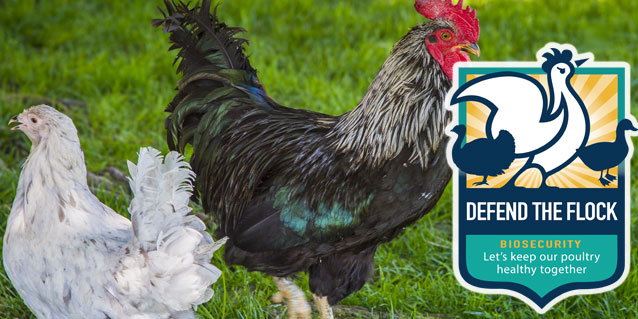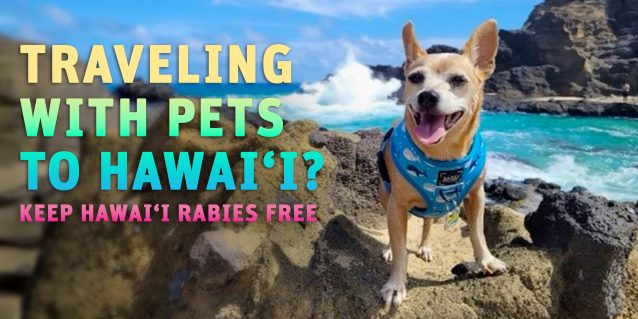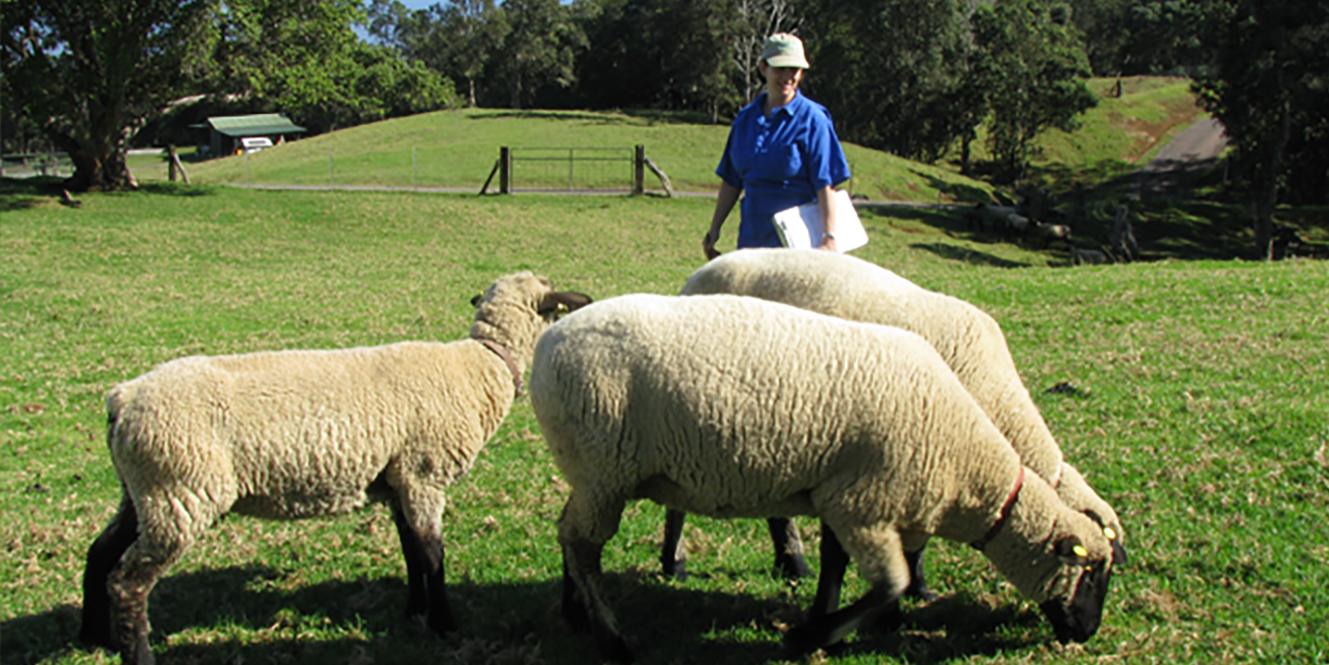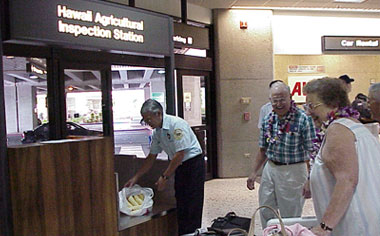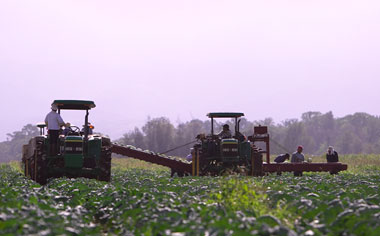您需要其它語言嗎?如有需要
,請致電 (808) 973-9496, 我們會提供免費翻譯服務
您需要其它语言吗?如有需要
,请致电 (808) 973-9496, 我们会提供免费翻译服务
En mi niit alilis lon pwal eu kapas? Sipwe angei emon chon chiaku ngonuk ese kamo. Kokori (808) 973-9496 omw kopwe ureni kich meni kapas ka ani.
Makemake `oe i kokua i pili kekahi `olelo o na `aina `e? Makemake la maua i ki`i `oe mea unuhi manuahi. E kelepona (808) 973-9496 `oe ia la kaua a e ha`ina `oe ia la maua mea `olelo o na `aina `e.
Masapulyo kadi ti tulong iti sabali a pagsasao? Ikkandakayo iti libre nga paraipatarus. Awaganyo ti (808) 973-9496 tapno ibagayo kadakami no ania ti pagsasao nga ar-aramatenyo.
貴方は、他の言語に、助けを必要としていますか ? 私たちは、貴方のために、無料で 通訳を用意で きます。電話番号の、(808) 973-9496 に、電話して、私たちに貴方の話されている言語を申し出てくださ い。
다른언어로 도움이 필요하십니까? 저희가 무료로 통역을 제공합니다. (808) 973-9496 로 전화해서
사용하는 언어를알려주십시요
您需要其它語言嗎?如有需要
,請致電 (808) 973-9496, 我們會提供免費翻譯服務
您需要其它语言吗?如有需要
,请致电 (808) 973-9496, 我们会提供免费翻译服务
Kwoj aikuij ke jiban kin juon bar kajin? Kim naj lewaj juon am dri ukok eo ejjelok wonen. Kirtok (808) 973-9496 im kwalok non kim kajin ta eo kwo melele im kenono kake.
E te mana'o mia se fesosoani i se isi gagana? Matou te fesosoani e ave atu fua se faaliliu upu mo oe. Vili mai i le numera lea (808) 973-9496 pea e mana'o mia se fesosoani mo se faaliliu upu.
¿Necesita ayuda en otro idioma? Nosotros le ayudaremos a conseguir un intérprete gratuito. Llame al (808) 973-9496 y diganos que idioma habla.
Kailangan ba ninyo ng tulong sa ibang lengguwahe? Ikukuha namin kayo ng libreng tagasalin. Tumawag sa (808) 973-9496 para sabihin kung anong lengguwahe ang nais ninyong gamitin.
คุณต้องการความช่วยเหลือทางด้านภาษาหรือไม่ ทางเราจะจัดหาล่ามฟรีให้คุณ โทรที่เบอร์ (808) 973-9496
และบอกเราว่าคุณพูดภาษาอะไร
Bạn có cần giúp đỡ bằng ngôn ngữ khác không ? Chúng tôi se yêu cầu một người thông dịch viên miễn phí cho bạn. Gọi (808) 973-9496 nói cho chúng tôi biết bạn dùng ngôn ngữ nào.
Gakinahanglan ka ba ug tabang sa imong pinulongan? Amo kang mahatagan ug libre nga maghuhubad. Tawag sa (808) 973-9496 aron magpahibalo kung unsa ang imong sinulti-han.
![]()


